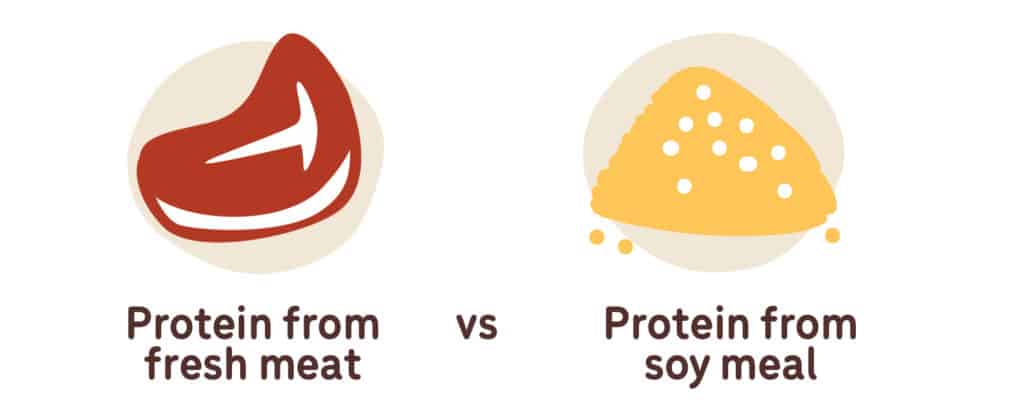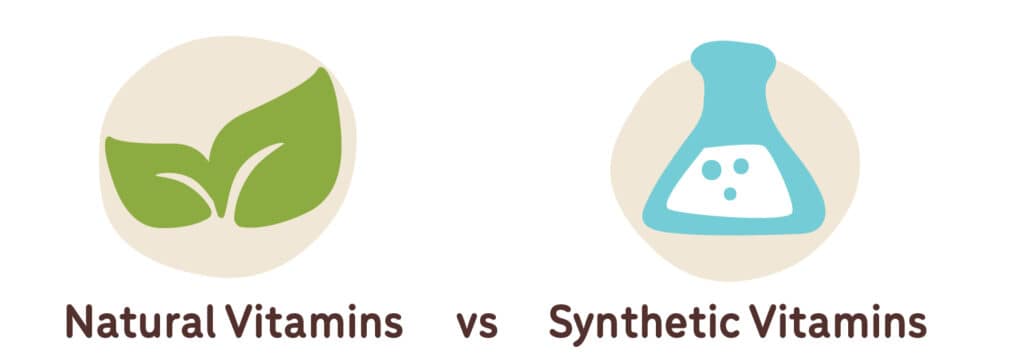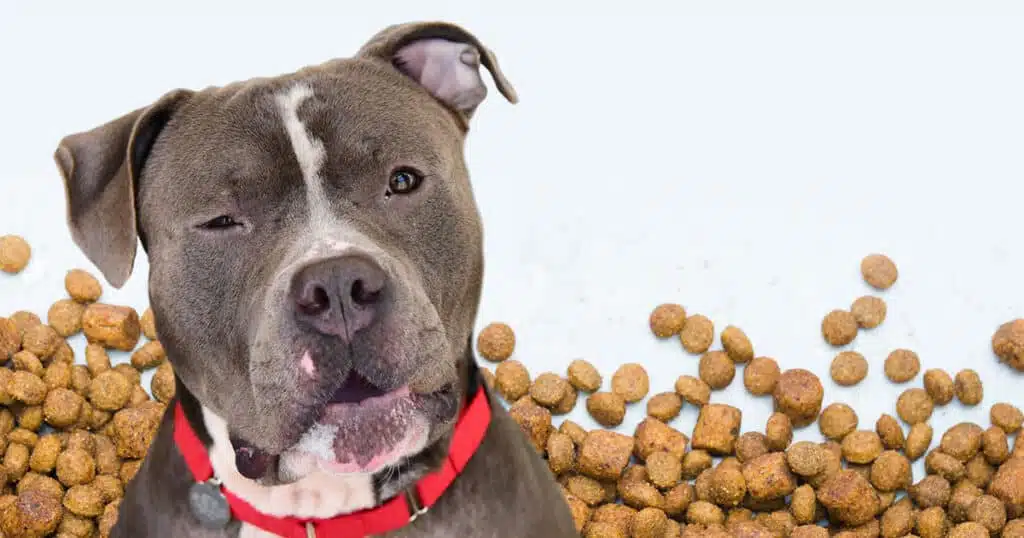Dog
5 Things to Look for in Commercial Dog Food
Choosing the right dog food is important for any pet owner. Online pet shops and supermarkets provide many options, but it can be difficult to know which ones are best. In this post, we will cover 5 things you should look at before making a purchase: ingredients, protein sources, grain content and more. We’ll also have links to reviews of some popular dog foods!
Commercially made dog food has been around as long as dogs have. The first commercial dog food dates to 1922 and is called Ken-L Ration, canned dog food with its main ingredient as horsemeat. but it was not until 1958 that dry kibble became a common form of pet feed. One of the most important developments in animal science during the 20th century was our understanding and knowledge about nutrition. The desire to feed prepared dog food became more widespread due to commercial operators expanding the need and availability of a ‘complete and balanced‘ diet, meaning that it provides all of a pet’s nutritional requirements at levels close enough for optimal health.
What are the First 5 Ingredients
Dogs are our best friends. With their companionship and unconditional love, they have always been so eager to please us humans that we owe it back by ensuring the right nutrition for them. The first five ingredients in dog food matter because this is where all the protein comes from – just like how your body needs muscle-building proteins such as meat! So, when you’re picking out a bag of dog food at your local pet store or supermarket, try looking closely at these top 5 components on the ingredient list.
1) Protein Source

Protein is an important component for pet parents to consider when looking at different brands and types of feed. Amino acids are a fundamental building block of protein, and dogs and cats need them to function. There are some that the body can produce on its own but there is also an important list (non-essential amino acids) that must be obtained from food sources in order for these animals’ bodies to perform at their best. Some of the functions of amino acids are to
- Help the body grow and maintain muscle, hair, and nails.
- Transport nutrients around the body
- Immune system function
- Producing vital hormones
It is important for dogs and cats to have a balance of essential amino acids in their diet. This can be achieved with protein sources from different food groups, such as animal-based products or plant-based foods like beans, nuts, and seeds. Let us briefly examine what these sources are.
1.1 Animal Based Protein
- Whole meats –– proteins that have not been mixed.
Real meat, fish, and eggs, provide the highest levels of usable protein for dogs and allow you to feed smaller portions of food.
- Meat meals –– rendered whole meats listed with a specific animal
It is important to note that if your pet food contains a meat meal as the first or second ingredient, you are not feeding them animal by-products. Meat meals do NOT contain any body parts from animals other than muscle tissue.
- By-product meals –– includes poultry and other meats, including organs
By-products are generally parts of animals not intended for human consumption. They’re usually thrown away or used in non-foods products, but it’s often the case that they can be used as a source of protein in your pet food.
1.2 Plant Based Protein
The main plant-based protein used in dog food is Soy. All though the quality is not quite as high as animal protein, it is a cost-effective plant protein that is typically low in fat. The main types of protein in soybeans are glycinin and conglycinin, which make up approximately 80% of the total protein.
Some of the other plant-based protein used in dog food are Pulses which include peas, lentils, chickpeas and beans. They too are not complete proteins because of the limited amino acids.
2) Fats
Fats are the most important macronutrient for a dog’s diet. Their main function is to provide energy and they also have many other functions such as controlling inflammation, regulating hormone production, help with cellular signal transmission between organs in the body and lastly, they act as building blocks for cell membranes.
There are two types of fats that we see in pet food
– Linoleic acid which is the source of Omega 6 – saturated fatty acids (Omega-SFAs)
– Linolenic acid which is the source of Omega 3 – unsaturated fatty acids (Omega-UFAs)
These compounds are required by animals because they make up an important part of every cell in the body. The need for these fats varies between different animal species; however, most veterinarians will agree the healthy fats we’re chasing are primarily the omega-3’s. Omega-3s come in three major forms: EPA, DHA and ALA. These substances play an important role not only by enhancing cognitive abilities like memory or learning ability – which is a well known factor behind their use as dietary supplements – but also because these compounds provide critical nourishment to cells.
3) Carbohydrates
Although dogs do not need carbohydrates because their bodies can get energy from protein and fats alone, carbohydrates that are broken down by the digestive system to glucose provide another source of fuel for your pup. It is important to note that carbohydrates contain different levels of glucose; which has an effect on your pet’s blood sugar level, insulin production and appetite.
Dogs usually don’t have humans’ considerable ability to digest complex sugars like polysaccharides (mostly starch), so we recommend sticking with simple ingredients such as brown rice or oatmeal.
There are two most common types of carbohydrate sources in dog food:
• Glutenous carbs (such as rice)
• Starchy carbs (like potatoes)
The first type – Glutenous Carbs – pass through undigested but provide a slower release into the bloodstream with less spikes than starchier carb options. Dog foods usually contain both types of carbohydrate sources.
4) Vitamins

There are several essential vitamins that are vital to your pet’s health, and these can be found in many different types of food. However, the most common sources for Vitamin A and Vitamin D is animal-based foods such as meat or fish oils – while vitamin C is usually sourced from fruits and vegetables.
• A vitamin for dogs – Carrots contain Vitamin A, which is responsible for vision. It’s also involved in the development of your body as a fetus or infant – from immune function to cell function!
• B vitamin for dogs – These play an important role in a canine’s health, supporting the dog with healthy energy levels as needed!
• C vitamin for dogs – Dogs may have the ability to produce their own vitamin C, but in some cases, supplements can offer health benefits.
• D vitamin for dogs – Cannie bodies need vitamin D to maintain healthy bones and muscles. Without it, they can’t grow properly or develop at all! Vitamin D is important for keeping your dog happy and healthy with a strong immune system.
• E vitamin for dogs – This is a nutrient and antioxidant that helps your dog fight against oxidative damage.
• K vitamin for dogs – The dog’s blood is being primed with vitamin K by the liver. This helps it clot in case of an injury.
5) Minerals
Minerals are important components of your dog’s diet. They have many health benefits for dogs, such as:
• Calcium – Helps maintain healthy bones and teeth
• Magnesium – Supports a variety of functions in the body including muscle function, nerve impulse transmission and helps regulate blood sugar levels
• Potassium- Maintains normal heart rhythm
• Zinc- Promotes proper growth; supports immune system function
Bottom Line – How to Choose the Best Dog Food

The first and most important indicator of high-quality dog food is animal protein. A good rule of thumb is that the higher up on the ingredient list, it appears, the more meat your pup will be getting. Look for the first 5 ingredients, not at face value but in-depth about the content, source, and quality of ingredients. Here is a quick recap.
· Protein – You want to make sure your dog is getting enough protein. It is not just about high protein; it is about the quality of the protein and the source of protein.
· Sugars – Dog’s don’t need carbohydrates since they get energy through proteins so avoid anything containing carbs.
· Grains – Stay away from common fillers like corn, wheat, or maize. if they are listed near the top of an ingredient list; this means there isn’t much meat protein in the diet.
· Vitamins and Minerals – Finally, you’ll want to look out for any vitamins or minerals that are added into the mix. One example would be calcium which prevents bones from being absorbed by soft tissues like muscles.
If you want more information about how these choices will affect your furry friend’s health, don’t hesitate to contact our team of experts today. We can help answer all your questions so that it is easy to make an informed decision on behalf of both you and your pet.
Independent Dog Food Reviews
Source and credits – Pet Food Reviews (Australia) is a reference service to help you make an informed decision when buying dog or cat food.












